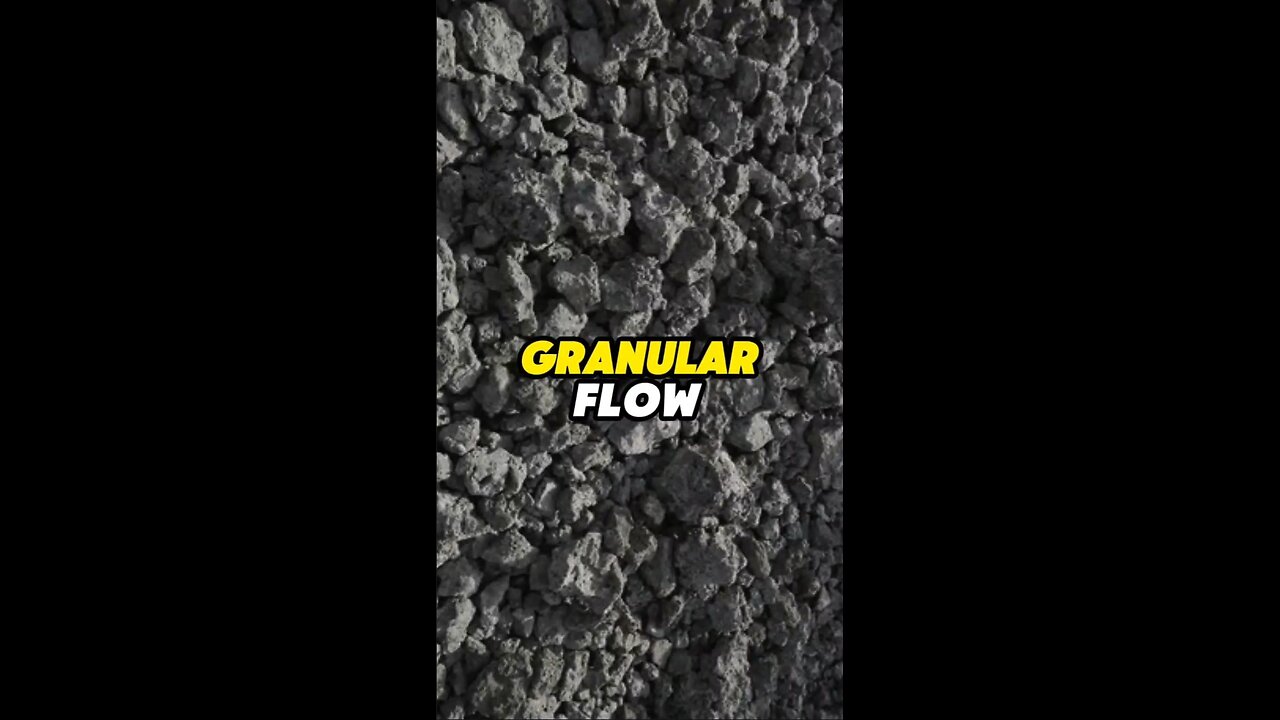Premium Only Content
This video is only available to Rumble Premium subscribers. Subscribe to
enjoy exclusive content and ad-free viewing.

Granular Flow
4 months ago
31
One of the most notable granular flow rockslides is the Mount St. Helens debris avalanche of May 18, 1980, which became the largest landslide in recorded history.
Triggered by a magnitude 5.1 earthquake, the volcanic flank collapsed, releasing around 2.8 cubic kilometers of rock, ice, and sediment in a massive granular flow.
This slide traveled at speeds exceeding 150 km/h (93 mph), covering an area of roughly 60 square kilometers and permanently reshaping the surrounding landscape.
Its scale and speed provided critical insights into granular flow mechanics, influencing how geologists model large rockslide and debris flow events worldwide.
Loading comments...
-
 LIVE
LIVE
Dr Disrespect
8 hours ago🔴LIVE - DR DISRESPECT - THE FINALS - NEW SEASON 8 LAUNCH EVENT W/ THE SHOTTY BOYS
2,008 watching -
 LIVE
LIVE
TheSaltyCracker
19 minutes agoYou're Being Hunted ReeEEStream 9-10-25
10,624 watching -
 LIVE
LIVE
RealAmericasVoice
2 days agoHOME OF REAL NEWS
23,977 watching -
 27:00
27:00
BonginoReport
3 hours agoRest In Peace Charlie Kirk - Nightly Scroll w/ Hayley Caronia (Ep.131) - 09/10/2025
112K195 -
 1:20:06
1:20:06
Kim Iversen
3 hours agoRIP Charlie Kirk: When Words Fail, They Reach for Guns
82.5K112 -
 2:47:04
2:47:04
DDayCobra
4 hours ago $12.26 earnedCharlie Kirk SHOT
85.3K29 -
 LIVE
LIVE
LFA TV
13 hours agoBREAKING: CHARLIE KIRK ASSASSINATED - WEDNESDAY 9/10/25
2,405 watching -
 1:14:30
1:14:30
Redacted News
4 hours agoBREAKING! CHARLIE KIRK SHOT BY ASSASSIN IN UTAH, TRUMP CALLS FOR NATIONAL PRAYERS
244K376 -
 3:50:27
3:50:27
Right Side Broadcasting Network
9 hours agoLIVE REPLAY: Latest News from the Trump White House - 9/10/25
324K89 -
 1:12:05
1:12:05
vivafrei
7 hours agoLegacy Media is the Enemy of the People! Israel Stikes Qatar, U.S., Gets Mad! AOC So Stupid & MORE!
169K75